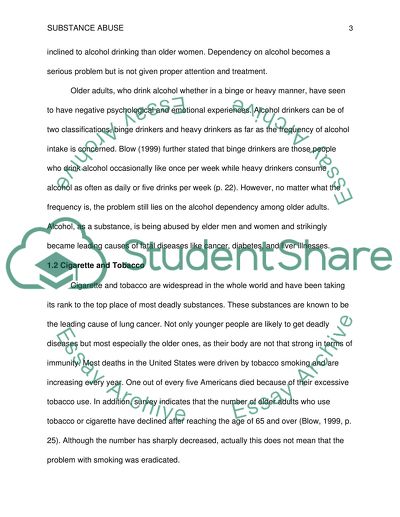Cite this document
(“Substance abuse among the older adult Research Paper”, n.d.)
Retrieved from https://studentshare.org/nursing/1425242-substance-abuse-among-the-older-adult
Retrieved from https://studentshare.org/nursing/1425242-substance-abuse-among-the-older-adult
(Substance Abuse Among the Older Adult Research Paper)
https://studentshare.org/nursing/1425242-substance-abuse-among-the-older-adult.
https://studentshare.org/nursing/1425242-substance-abuse-among-the-older-adult.
“Substance Abuse Among the Older Adult Research Paper”, n.d. https://studentshare.org/nursing/1425242-substance-abuse-among-the-older-adult.


